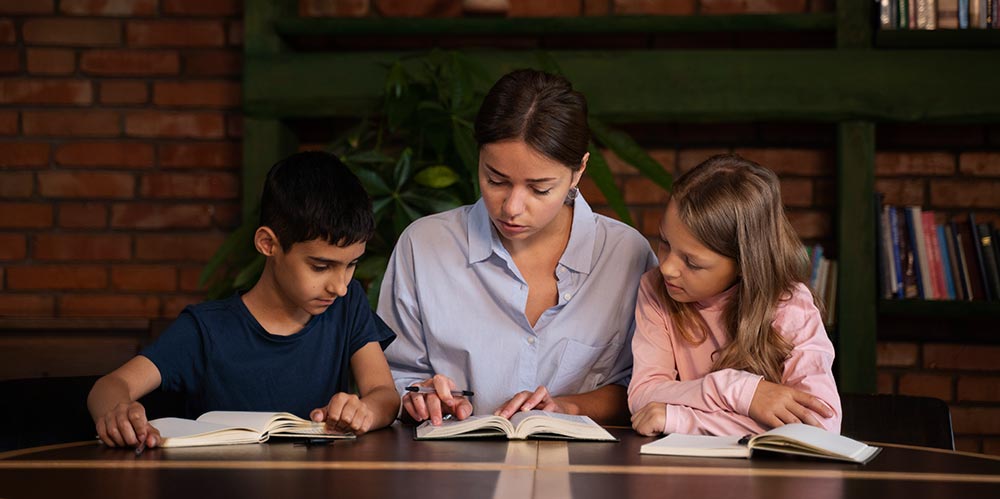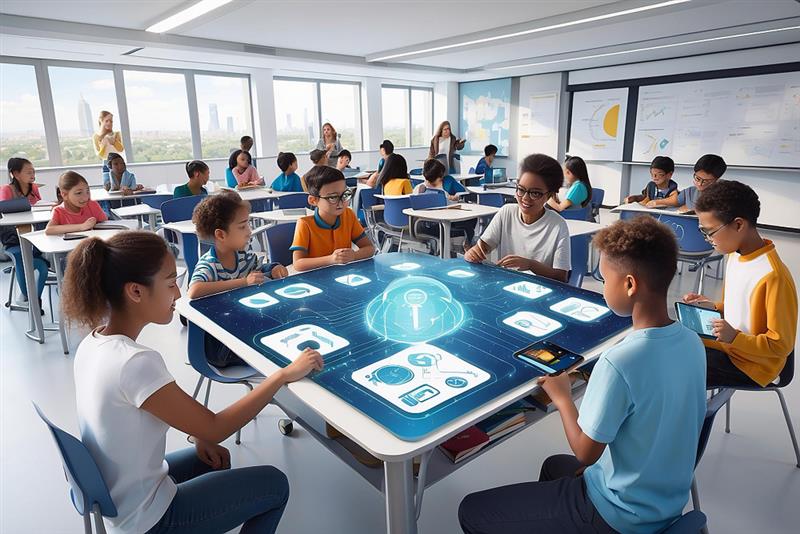Educators are always looking for new ways to help students learn better in different subjects. One approach that is becoming more popular is using storytelling. Storytelling has been a part of human life for a very long time. It’s a way for us to share our experiences, pass down knowledge, and connect with each other.
How does narrative storytelling enhance learning?
Stories of heroes, myths, and adventures have fascinated people for generations, sharing wisdom from one time to another. Let’s explore how narrative storytelling enhances learning and the best practices for implementing it.
Engagement and Retention
Narrative storytelling has the power to engage learners emotionally, increasing their investment in the learning process. Educators can make complex information more relatable and memorable by weaving facts into compelling narratives.
Improved Comprehension
Storytelling facilitates better comprehension by providing context and connections between ideas. This is because stories provide context and meaning, making complex ideas more relatable and easy to understand for students. By presenting information in a story format, learners can better grasp abstract concepts and develop a deeper understanding of the subject matter.
Emotional Connection and Empathy
Emotions play a crucial role in learning because they influence our attention, motivation, and memory. Stories often evoke emotions, and when we feel something, we are more likely to remember it. Emotional connections make the learning experience more meaningful and personal. When a story resonates emotionally, it can make the content more relatable and impactful. Additionally, stories that evoke positive emotions can create a more enjoyable and motivating learning experience.
Reaching Different Learning Styles
Storytelling is also a great teaching method because it caters to different learning styles. Some students are visual learners who enjoy the mental pictures created by narratives. Others are auditory learners who focus on the words and the storyteller’s voice. Some are kinesthetic learners who remember the emotions and feelings from the story.
Cultural Awareness
Stories from different cultures and perspectives help students understand and appreciate diversity. This broadens their horizons and fosters empathy for people with different backgrounds and experiences. By hearing stories from different cultures, students can learn about the values, traditions, and challenges faced by people around the world.
Real-World Applications
Stories often present information in a context that shows how it can be used in real life. This practical application helps students understand why what they’re learning is important and how they can use it outside the classroom. Narrative storytelling can illustrate the practical applications of knowledge, making abstract concepts more concrete and relevant.
Encouraging Imagination and Creativity
Storytelling stimulates the imagination. When students listen to or create their own stories, they engage their creativity, which can lead to more innovative thinking and problem-solving skills
Boosting Critical Thinking and Problem-Solving Skills
One of the main benefits of storytelling in learning is that it can boost students’ critical thinking and problem-solving skills. When students read about characters facing challenges and problems in stories, they are encouraged to analyze the situation, think about the consequences, and come up with solutions. It’s a way for them to practice these important skills in a fun and engaging way.
Making Facts More Memorable
Facts are much more likely to be remembered if they are part of a story. This is because stories provide context and meaning, making complex ideas more relatable and easy to understand for students.
Storytelling Across the Curriculum
Narrative storytelling is not limited to language arts or history classes. It can be effectively included in teaching various subjects, including STEM subjects. In history, for example, teachers can bring historical events to life by telling engaging stories about key figures and their experiences. In science, teachers can use storytelling to explain complex concepts, such as the life cycle of a plant or the principles of gravity, by creating relatable narratives that connect the subject matter to students’ everyday lives.
7 Best Practices for Implementing Narrative Storytelling
These are some of the best practices for implementing narrative storytelling in learning.
- Find Engaging Stories: Look at your own and your students’ experiences to discover stories that will connect with your audience.
- Create Interesting Storylines: Structure your stories with a clear start, middle, and end. Add drama, conflict, and resolution to keep listeners interested.
- Personalize Your Storytelling: To strengthen your students’ connections, add personal anecdotes and genuine emotions to your stories. Use case studies and historical events to create engaging narratives.
- Align Narratives with Learning Objectives: Ensure your stories support the key concepts and principles you want to teach.
- Encourage Student Participation in Storytelling: Invite students to share their own stories to promote a culture of shared experiences and collective learning.
- Use Multimedia Storytelling: Include visual aids, audio, or video elements to enhance the impact and memorability of your narratives.
- Practice and Refine Your Storytelling Skills: Continuously hone your storytelling abilities through practice, feedback, and reflection.
Wrapping Up
Narrative storytelling is a powerful educational tool that can make learning more engaging, memorable, and meaningful. This timeless art form can help students unlock deeper understanding, develop empathy, and foster a lifelong love of learning. Educators and learners alike can tap into this ancient yet highly effective method to improve learning outcomes and make education more enjoyable.









